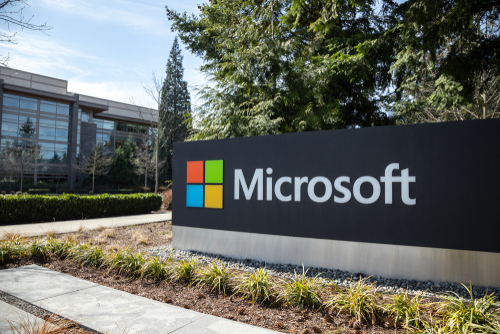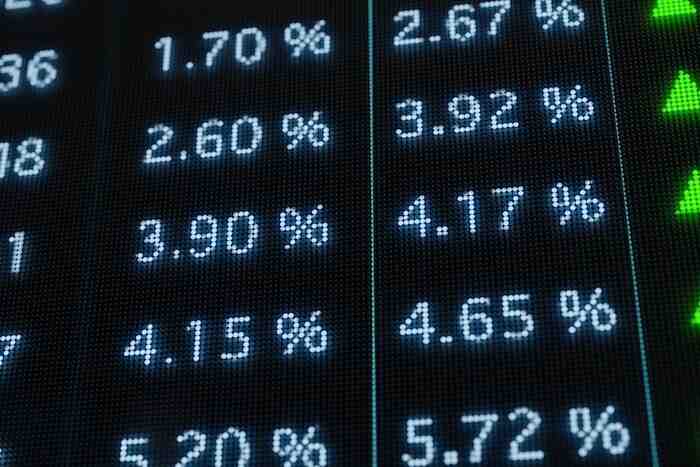How to Profit From the Most Powerful Trend on Wall Street
Andy Snyder|September 22, 2021

Here’s a question for you.
The folks who get it right are almost certainly the ones outpacing the market. It’s the question of our time… and yet few folks bother to ask it.
It’s simple.
Who is buying the most stocks these days?
A lot of folks would likely point to high-end hedge funds. It’s those darn one-percenters, they would say.
Others might think it’s a rich endowment… or some big institution.
The skeptics might guess it’s the Federal Reserve (give it time).
But the answer is much simpler. Understand it, and you’ve got the key to the modern stock market.
Bidding Wars
The biggest buyers of stocks these days are stocks. Put simpler, the biggest buyers of stocks these days are the companies that they represent.
You may have heard about Microsoft (MSFT) in the news. It just announced it will buy a massive $60 billion worth of its own stock. And that’s on top of the $40 billion it’s already bought over the past few years.
The computer giant is part of a powerful trend – perhaps the most powerful.
It’s rewarding shareholders by purchasing its own stock, forever pulling shares off the Street and, therefore, increasing the value of each remaining share. Since the death of interest rates, share buybacks have been the carrot that’s lured this bear market ever forward.
Without the more than $550 billion in buybacks we’ve seen each year, the record highs we’ve enjoyed likely would not exist. It hasn’t been the greedy retail investor pushing stocks higher… it’s been the stocks themselves.
If that sounds backward… well, welcome to the modern economy.
With interest rates at record lows, many companies have few other viable choices. Money is so cheap – and corporate coffers are so full of cash – that executives have been forced to outsource spending.
Give the money to shareholders, the execs figure, and let them spend it.
Massive Numbers
Take Lowes (LOW), for instance. It’s in the middle of a $15 billion buyback spree.
The company’s chief financial officer, David Denton, recently answered the outspoken crowd that says the building-supply company should be investing that money in growth. It should be hiring… building new stores… and expanding its business, the crowd proclaims.
“We’re investing as much as the company can absorb,” Denton said.
There’s so much money in its coffers that company leaders can’t manage spending well enough.
“It’s not so much a capital constraint problem as it is there’s only so many projects that we can take on and make sure that we deliver on these projects successfully.”
Lowes and Microsoft aren’t alone.
So far this year, we’ve seen 114 new buybacks announced from just S&P 500 companies. In all, that will add more than $350 billion worth of buying demand to the stocks in the benchmark index.
That’s huge.
Many retail investors are pulling their money out of the market, fearful that things will topple over… and the nation’s biggest companies are happily buying their shares.
For investors, the opportunity is clear.
We’ve said it many times: Own buyback stocks. As long as interest rates remain near record lows, they should make up an oversized portion of your portfolio.
But we will share a word of caution…
Washington’s Green
Congress, too, sees the moneymaking opportunity in all this. Several of its members recently proposed a 2% tax on buybacks. It’s just part of the way they plan to pay for their massive spending initiatives.
But here’s the thing. It wouldn’t be the end of the buyback spree, as many headline writers want to claim (they’ve been claiming its death for years). But it would make it harder for companies to borrow money simply to buy back their own shares. That’s fine. Those are the higher-risk buyback plays, anyway.
We want to own the companies that are buying shares with the cash left over from their operations.
Fortunately, even with the chance of putting more than $100 billion into D.C.’s coffers, the tax proposal faces an uphill battle. After all… it’s aiming at the largest source of stock market profits over the last decade.
Even Congress knows going after it would be a dumb idea.
Bottom line… follow the money. Corporations are the largest sources of stock market inflows.
If they’re buying, you should be too.






